
Source: QbitAI Public AccountNow, M1 Macs can run native Linux smoothly.
The Asahi Linux project, designed specifically for Apple’s custom chips, has released its Alpha version.
During the era of Intel CPUs in Macs, users had already figured out how to install Linux on their Macs via hard drive partitioning or using virtual machines like Parallels.
However, with Apple’s custom M1 processor, everything had to start from scratch.
The goal of Asahi Linux is to allow Apple M1 series Mac users to truly embrace Linux.
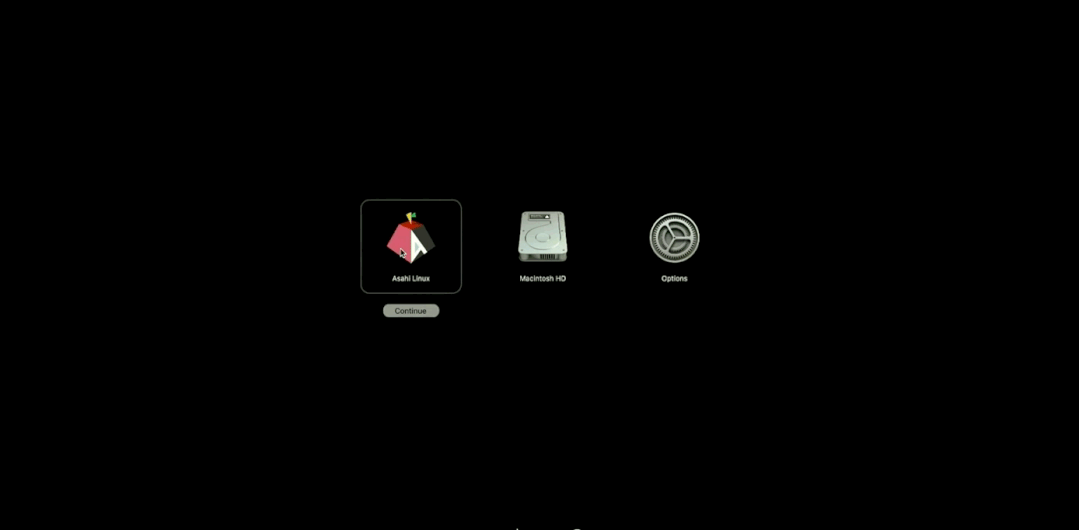
So what is the experience of installing a native Linux system on an Apple computer?
A YouTuber with over 300,000 followers tested it on his M1 Mac.

After a series of tests, the guy exclaimed: “It’s really great!”
Running certain programs on identical hardware, Linux is actually faster than macOS!

Moreover, Macs don’t seem as closed off as iPhones and iPads.
The evidence is that Apple officially actively fixes bugs found in the Bootloader.
So how did the guy manage to set up a dual system on the M1?
Preparation Before Installation
Sharpening the knife does not delay the work of cutting wood. The blogger reminds those who want to try Asahi Linux to first check the installation requirements and preferably choose a computer without important files for the operation.
The Asahi Linux website also provides detailed installation instructions:
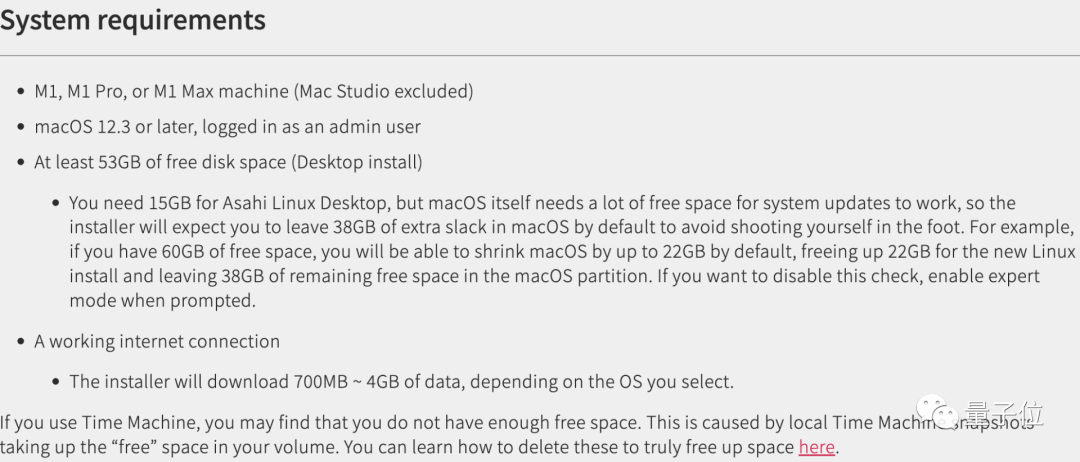
Otherwise, if something goes wrong, your computer may not boot.

Some might wonder, can’t we just install this operating system on virtual machines like Parallels Desktop?
The Asahi team responded that Asahi Linux is tailored for Apple hardware, while Parallels Desktop virtualizes a general ARM architecture, suitable for installing other Linux distributions.
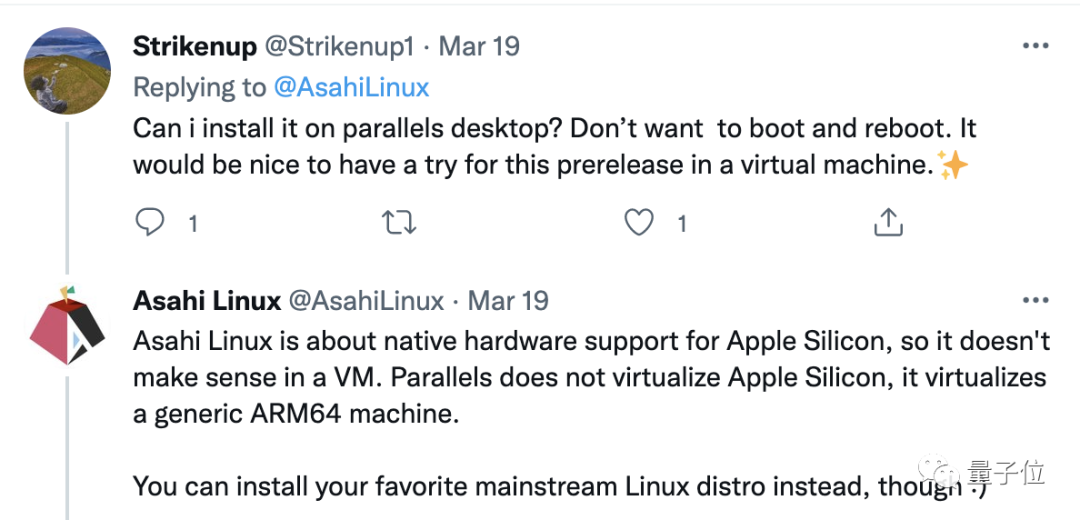
Just right, the guy bought a new Mac Studio, so the old M1 Mac mini can be used for experiments~
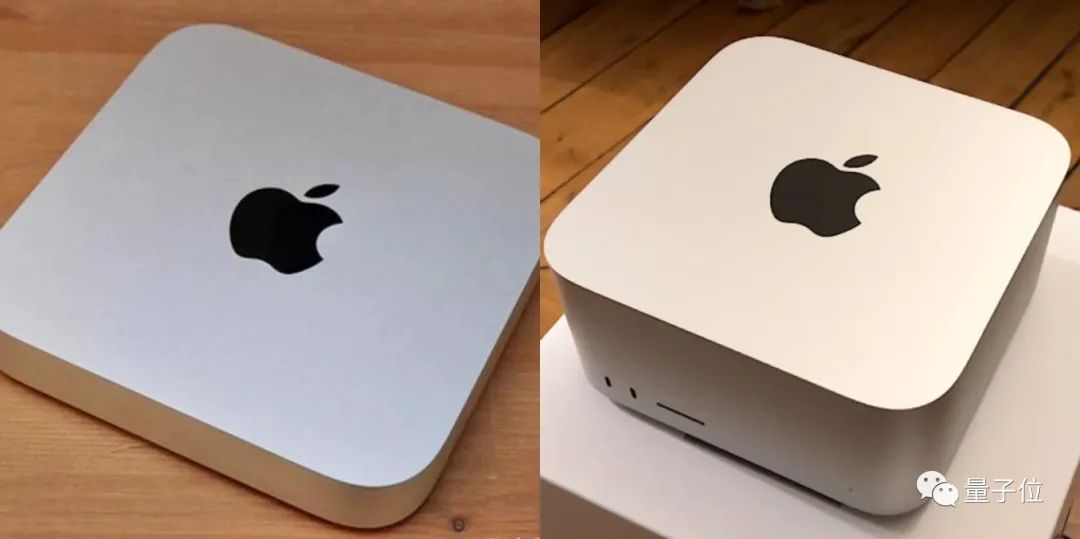
△Left is Mac mini M1, right is Mac Studio M1
In the end, he successfully installed Asahi Linux in one go.
After the system booted, it was found that Asahi Linux uses the KDE Plasma desktop environment.
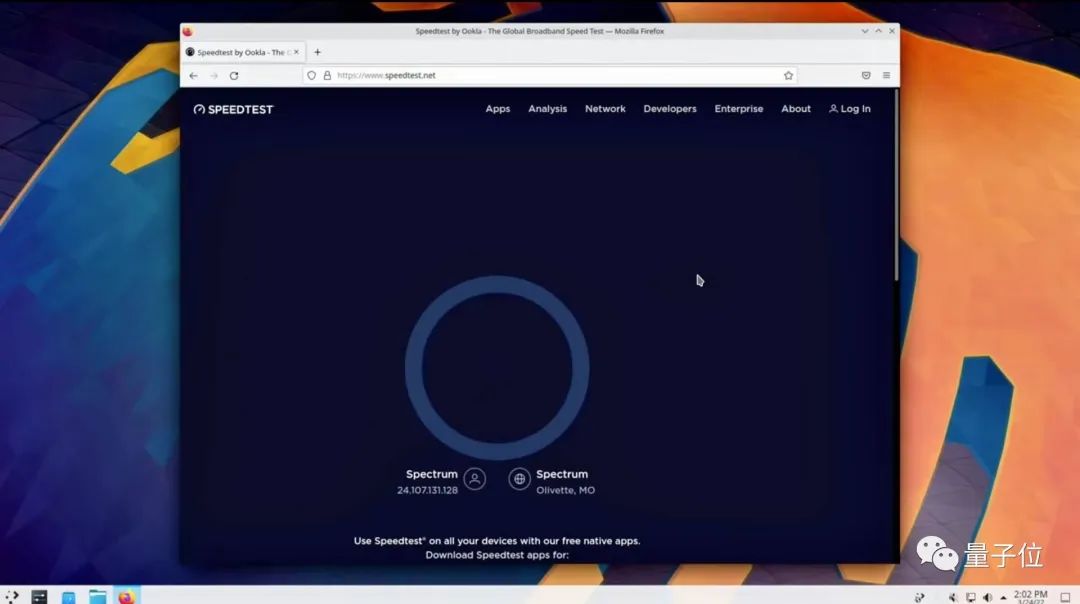
What’s Great About Asahi Linux?
Video Playback Performance
Without using a GPU accelerator, the blogger played a YouTube video on the Asahi Linux system on his M1 Mac mini.
He was delighted to find that it could play full-screen HD video without frame drops, and the UI remained very responsive, unlike many other ARM-based single-board computers that are sluggish.
Bug Fixing Speed
Next, the blogger tested network performance using Iperf and discovered a bug in Asahi Linux –
Due to Asahi setting the network adapter to use a single PCI Express channel, the ultra-fast 10-gigabit network was limited to only 1.5 gigabits.
The guy reported this vulnerability in the Asahi chat area.
Minutes later, the developers fixed this bug and stated that it would apply to all Asahi users.
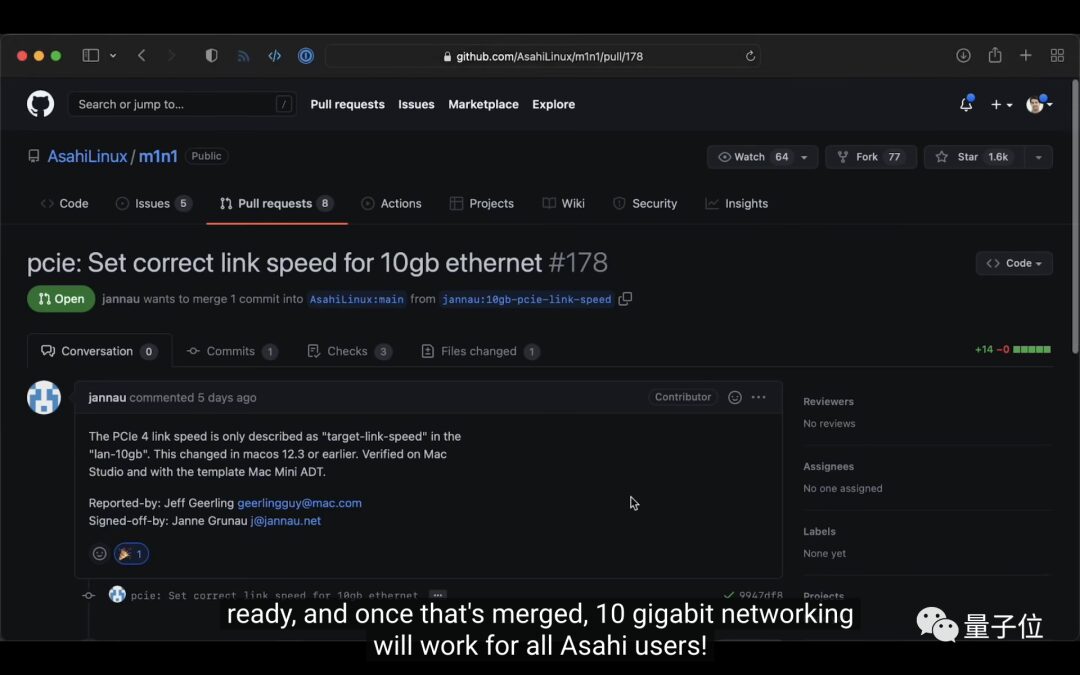
The official’s serious attitude is indeed commendable!
Reducing CPU Load
The blogger found that just opening the graphics performance monitor would increase CPU load by about 25%; however, if the command line ‘htop’ provided by Asahi Linux was executed, the CPU load would drop straight to 1%.
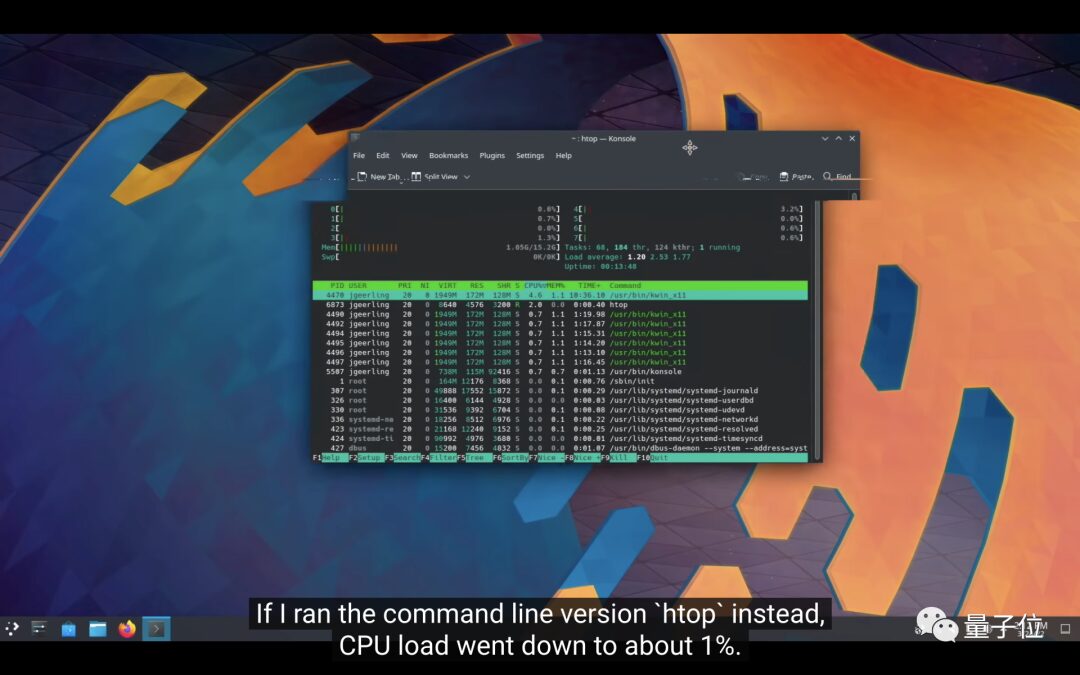
Running Speed
The blogger used “recompiling the Raspberry Pi Linux kernel” as a benchmark to test different systems.
The result showed that the speed of Linux on M1 mini was a full 40% faster than macOS! This speed is comparable to running macOS on Mac Studio with twice the performance cores.
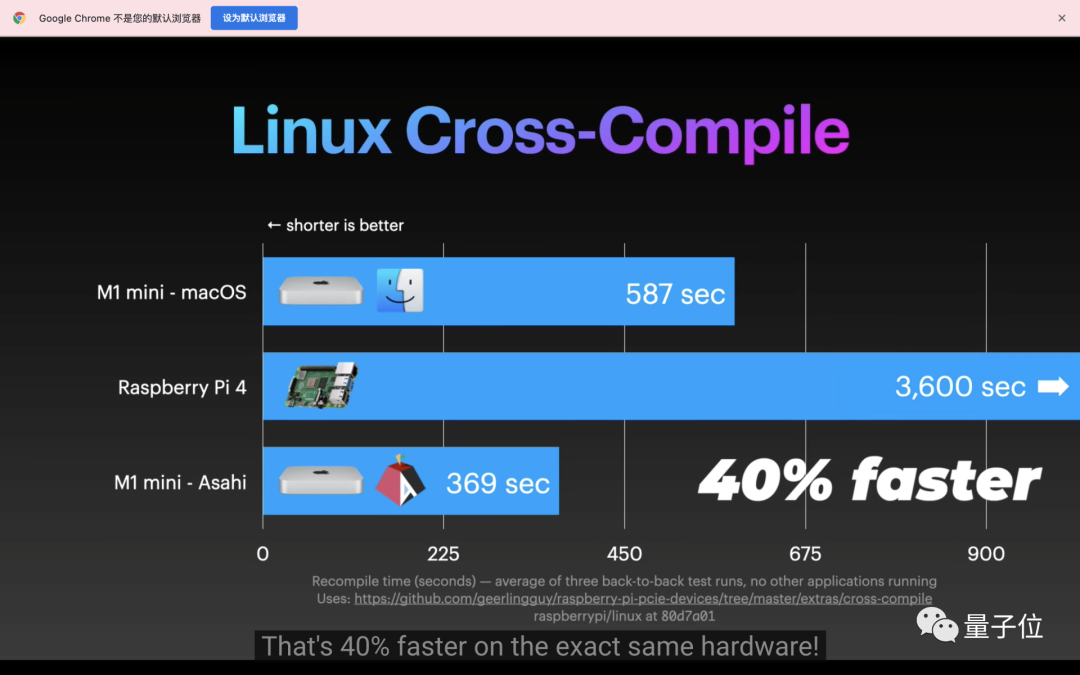
In terms of price, the M1 Mac mini starts at $699, while a more luxurious Arm development board like HoneyComb LX2 costs $750 just for the board.
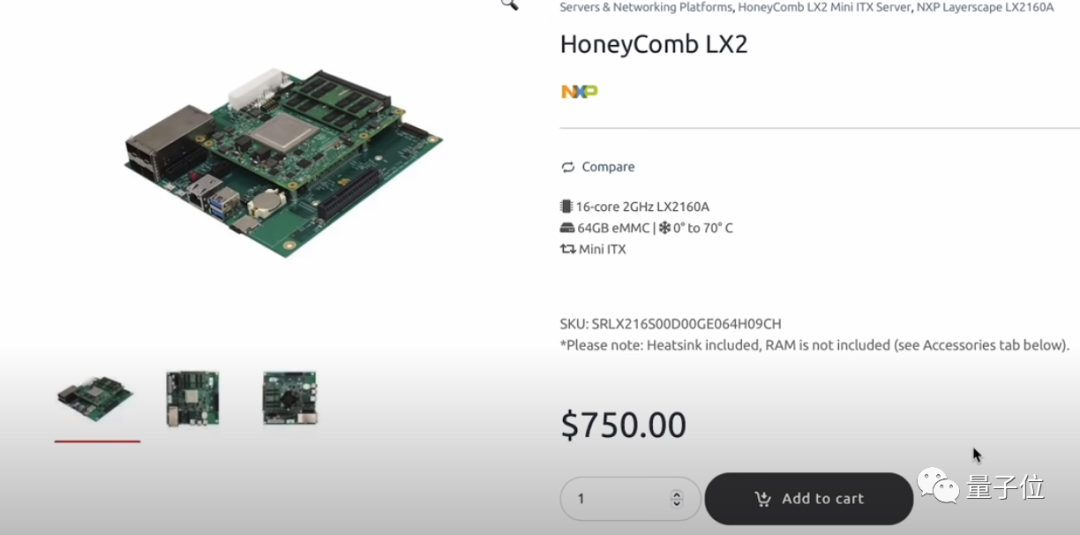
Therefore, if you want a computer that can run Linux, the M1 Mac mini itself is also a good choice.
Additionally, the blogger’s friend Michael Larabel used the Phoronix suite to test macOS and Asahi Linux on M1 mini.
For some benchmarks that detect computer performance, such as LevelDB, macOS performed better.

However, in other areas, such as WebP image encoding, Asahi Linux has advantages.
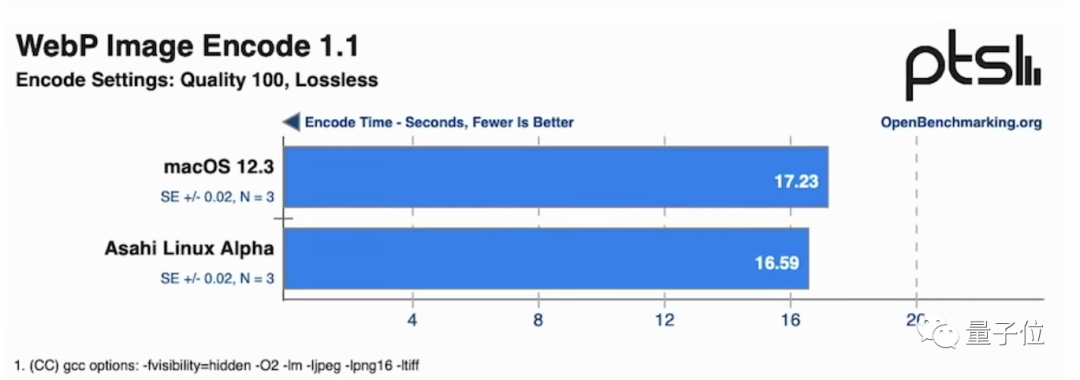
It is worth noting that Asahi Linux is still in the testing phase, and how it will change compared to macOS in the future remains to be seen.
What is Asahi Linux?
So where did Asahi Linux come from?
At the end of 2020, Asahi Linux was crowd-funded and initiated by programmer Hector Martin.
Hector Martin is a cybersecurity expert and a veteran operating system porting specialist, who has provided unofficial open-source support to port Linux systems to various devices, including Nintendo Wii, Sony PS series game consoles, and more.
In January 2021, the Asahi Linux project completed its crowdfunding and officially started; in March of this year, the test version was launched.
According to its official website, the name Asahi also has a certain origin: it means “morning sun” in Japanese and also represents the apple variety “Asahi,” which is the Japanese name for the Macintosh apple, the inspiration for the name of the Mac system.

Asahi Linux is developed by engineers in the open-source community and is available for free.
Currently, Asahi Linux supports features such as CPU frequency scaling, RTC, and more.
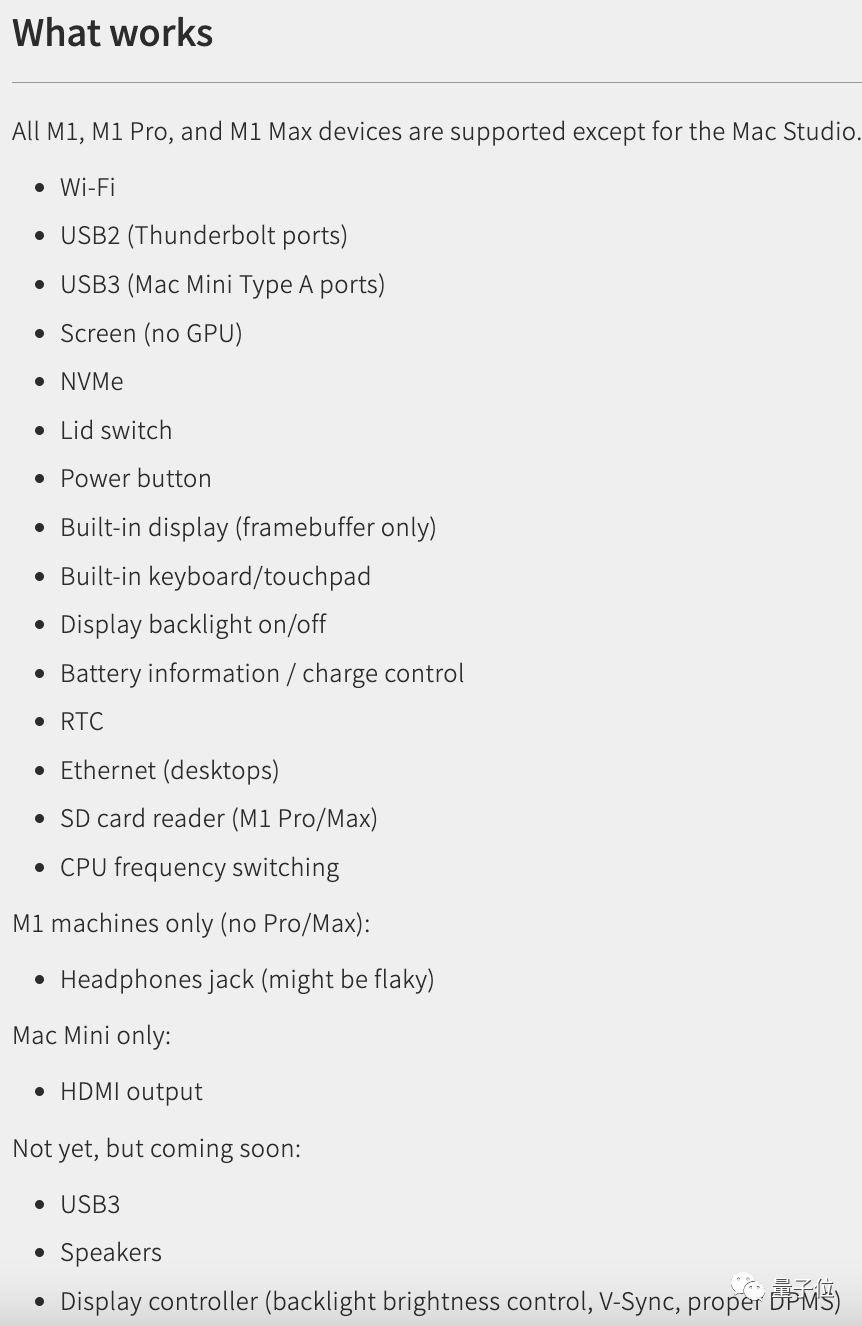
Of course, Asahi Linux, which is still in development, still has many areas to improve, such as: no Bluetooth support, no GPU acceleration, etc.
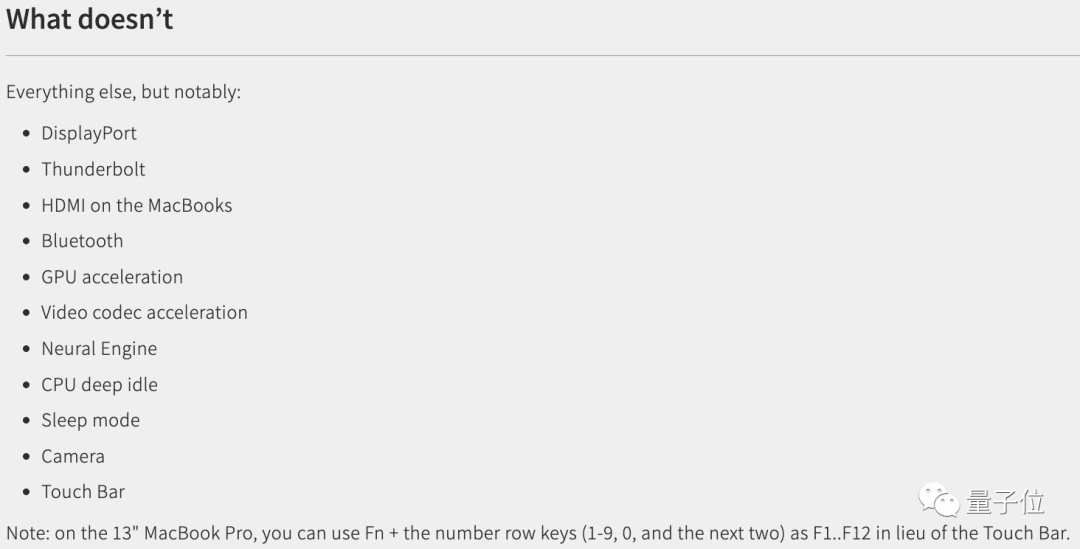
The development team hopes that in the future, Linux can not only run on M1 series machines but also serve as a daily operating system on various Mac machines.
High Expectations Before Official Release
Under the official account of Asahi Linux, netizens from abroad have sent their blessings.

Great! We Mac users will also have an amazing dual system!

Some people, like the aforementioned blogger, couldn’t wait to get started.
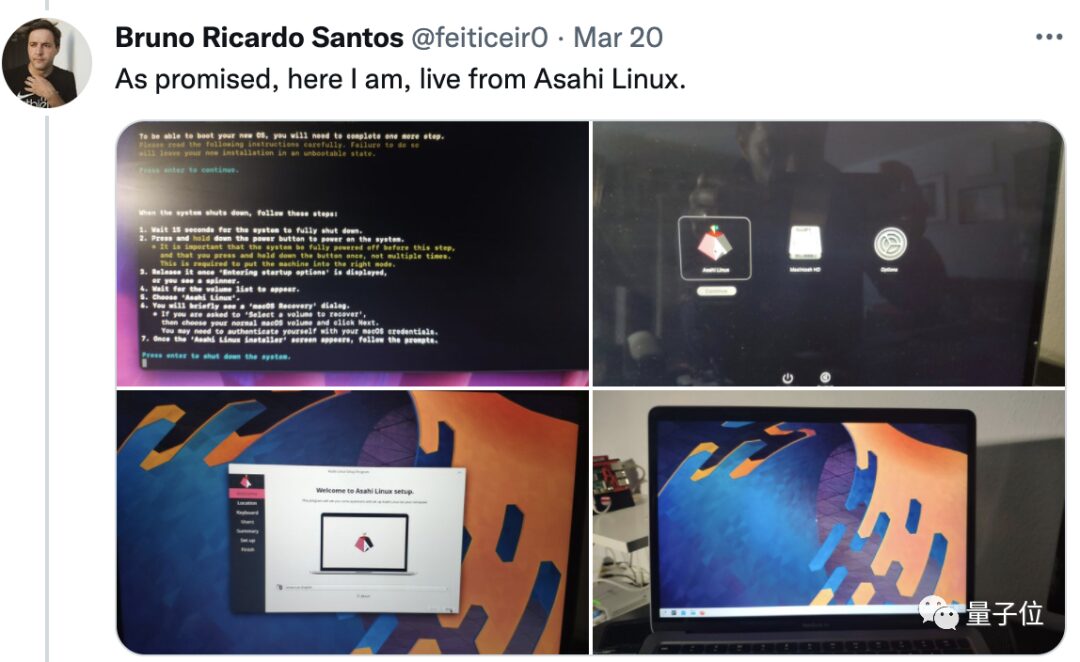
Currently, many programmers and enthusiasts are participating in testing Linux and providing some practical suggestions.
The wisdom of the crowd is infinite, so interested readers should give it a try!
Reference Links:[1]. https://www.youtube.com/watch?v=L2p_fGuldt0[2]. https://asahilinux.org/2022/03/asahi-linux-alpha-release/
▋Recommended Books
This book is suitable for security enthusiasts and computer practitioners with a certain Python programming foundation. For those studying computer security, aspiring to work in the computer security industry, and become penetration testers, this book is an invaluable reference.
Recommended Reading:
Still configuring Nginx by hand? Try this visual configuration tool, it’s really powerful!
What operating system do planes generally use? Is it safe?
Linux memes that only seasoned operators can understand, how many can you get?
5T technical resources are being released! Including but not limited to: C/C++, Linux, Python, Java, PHP, Artificial Intelligence, Microcontrollers, Raspberry Pi, etc. Reply “1024” in the public account to get it for free!